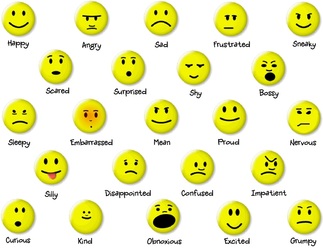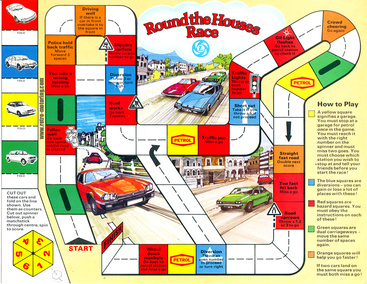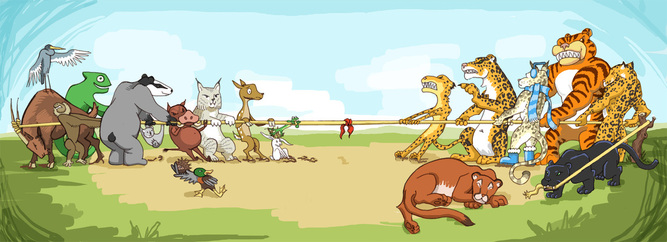 Last week I talked about indirect techniques. There was a reason for that. I had just treated a patient using these very gentle techniques and, as well as having a powerful physical effect, there was a dramatic emotional release. I was treating an area that the patient said had been uncomfortable since school. As the tissues released, the patient burst into tears and described how, all the way through my treating that area, they were thinking about a particular traumatic event 32 years ago. They thought of it in terms of energy being released. I'm quite a prosaic osteopath, I'm not into energy flows, I have no proof they don’t exist but they are outside my expertise if they do. I do, however, understand that smells, sounds and sights can trigger memories, so why not touch or even altered feedback from one’s own tissues…The idea of tissues being, on stretch or poorly nourished and therefore sending a low level nociceptive (irritated nerve signal) feedback for 32 years might seem unlikely but could it just be at the extreme end of a regular phenomenon? After all, many of us will have lived with ‘that little uncomfortable bit in my back’ for years. So it is not beyond the realms of fairly normal science to imagine that a postural physical change could potentially trigger a strong memory and the emotions that go with it, but how could the original postural insult be connected with the memory to start with? It might be obvious if there had been a car crash or some other physical trauma that created a memory, but this was an emotional trauma with no known physical injury. Someone wise once described the body as the graveyard of human emotions, there are the obvious postural effects; slump in despair too long and it becomes your habitual posture, too depressed to get out and do some exercise you can expect deleterious effects, everything from facial expressions that betray our underlying personality to the damaging physiological changes wrought by long-term over-production of cortisol in response to stress, these are all physical changes in response, either directly or indirectly, to our emotions and they all leave their tell-tale marks on the musculoskeletal system… But what about a child’s sob on the saddest day of their life so far, could it cause something as simple as a minor rib dysfunction that has remained as a mild discomfort, rarely felt, but ever present for 32 years? I can’t say for sure but it doesn't seem an unreasonable hypothesis.
3 Comments
 I generally practice osteopathy in what is called a ‘structural’ manner. To cut a very long story short that means that I generally treat joints and muscles using ‘soft tissue’ (massage), ‘articulation’, which is just moving a joint repeatedly through its full range of motion and ‘manipulation’ where a short sharp and tiny movement of a joint is often used to exceed a restriction in the full range of movement (it is more complex than that but maybe that is for another blog entry). These forms of treatment tend to be very effective and all have one thing in common, they are called direct treatments, when you reach a barrier to full movement you confront it head-on trying to push past it one way or another. This tends to work very well for recent injuries and sometimes for chronic injuries too, but there are occasions when those chronic injuries don’t respond, or they do and then they just return to the same pattern, in these instances a different approach is required. With indirect techniques (such as functional technique or balanced ligamentous tension) rather than pushing through the barrier the aim is to move the joint or tissues to a position of ’ease’, ie the position where fewest of the tissues are on tension, I can feel that because it is the point where I can’t reduce the tension by further moving the tissues in any direction. Allowing that place of minimal tension seems to allow the body to start to resolve the dysfunction. Both practitioner and patients can often feel a sort of wiggly, unwinding feeling which ends with the tissues finally releasing. Exactly what that is I don’t know. In my minds eye I see the equivalent of an air mattress being inflated whilst being folded over so that a bit is crumpled underneath and can’t fill with air but if I support it above the ground the crumpled piece will fill bit by bit and will wriggle and straighten out, or sometimes it is more like a ball of string full of slipknots which start to disentangle and separate once there is no tension holding them tight, or even like little hooks that need to gently be released. I’m not saying cells are filling with air or tissues are literally knotted or hooked. The exact mechanisms are unknown but there are theories that opposing muscles which usually pull and release alternately, or are both relaxed, get locked into a tug of war where they pull against each other and that by taking the strain off the stretch receptors (muscle spindles) they can both relax, this fits with the feeling of unhooking, or releasing knots and there is also a theory that there is a circulatory improvement element to the treatment, which fits with the idea of the air mattress. It will be interesting to find out as studies progress, the true nature of the physiological changes but for now I’m just satisfied to know that it can be effective at reducing pain and increasing function.
Current thoughts on physiological mechanisms from Wong, C.K. (2012) Strain counterstrain: Current concepts and clinical evidence. Manual Therapy, 17 (1), pp.2–8. |
Archives
February 2024
AuthorDamian is the principal osteopath at Vauxhall Village Osteopathy and Oval Osteopathy Categories
All
|



 RSS Feed
RSS Feed


